Barns are usually found on sprawling properties, and they can be pretty expensive to build. Choosing what siding to use is a crucial decision for many farm owners. If you’re going to spend that much money on a building, then you might as well go all the way to protect it at all costs. That being said, siding is an investment that will preserve your barn for the years to come. To help you decide, here are the best exterior options to explore.
Vinyl Siding
Affordable and widely available, vinyl siding is an excellent option for barns. This material is made synthetically using polyvinyl chloride. First off, vinyl offers excellent resistance against the weather, rotting, and insect attacks. While vinyl might not have as much character as other materials, it still has a unique look that sets itself apart from traditional exteriors. Moreover, vinyl comes in many colors and textures. Another thing, it is resistant against fire which makes it particularly useful for barns that houses livestock or produce.
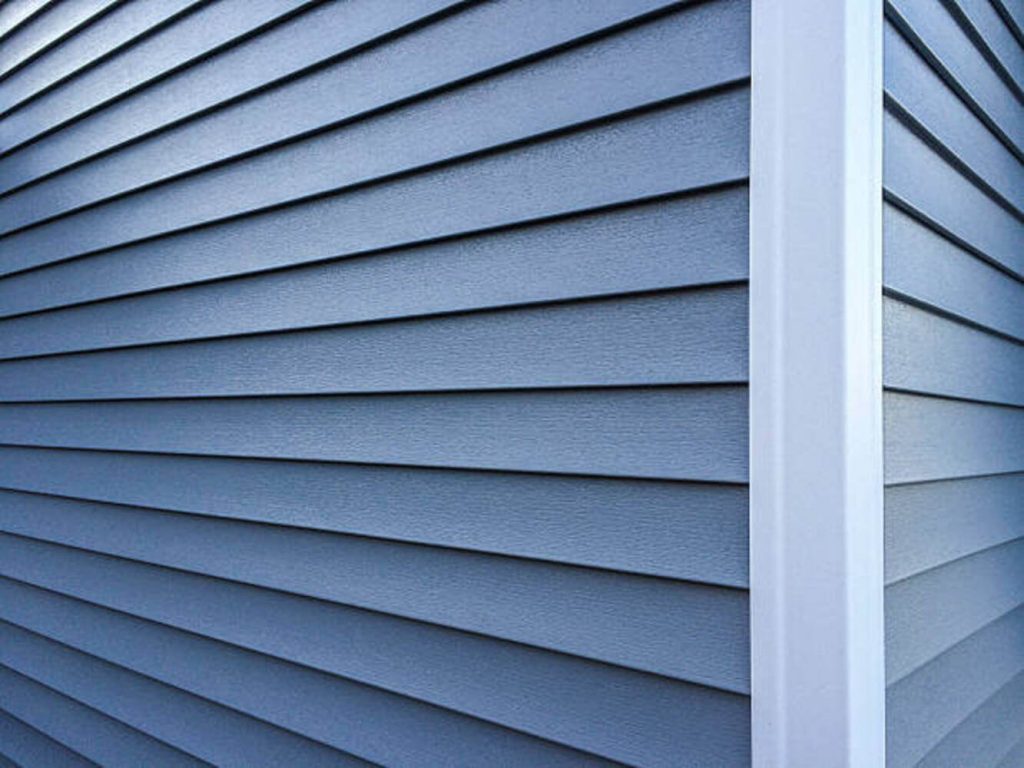
Fiber Cement
Fiber cement is relatively young to the exterior cladding scene. However, this doesn’t mean it offers less than the competition. Manufactured from a mix of water, sand, wood fibers, and of course, cement, this material works best for those looking to save on their energy costs. Why? Because of its high R-value. This means the barn won’t lose much heat during the winter or burn during the summer months. It also offers excellent durability and resistance to the elements. While it was previously known for having issues with sagging in extreme weather conditions, modern manufacturers have worked out the kinks to minimize problems. Moreover, fiber cement can be installed over an existing surface or right onto plywood sheathing.
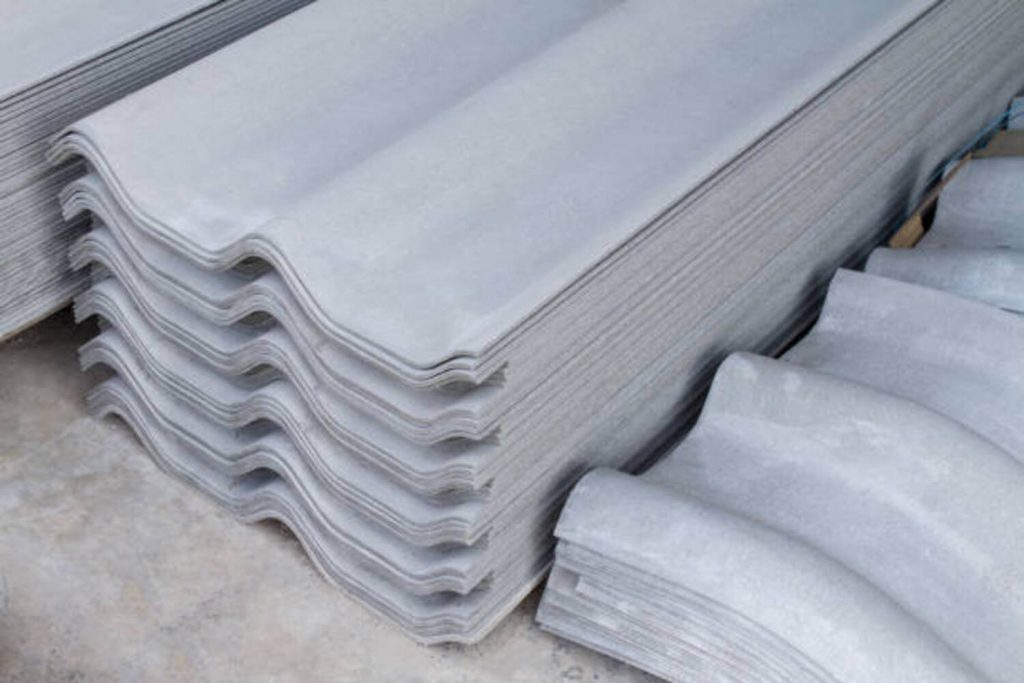
Wood Siding
Wood panels are a standard barn siding option because of their availability. They can be painted in any color, although red seems to be the most popular because it accentuates a distinguished appeal. Although expensive, farmers prefer wood since it’s organic. Plus, its excellent insulation capability ensures that animals will be living in optimal temperatures. That said, wood boards can be attached vertically with narrow seams or horizontally in wide panels. Prepare yourself for some extensive maintenance, though. If you’re looking for a material that will last throughout different weather conditions, it might be worth considering engineered wood. It’s chemically treated wood that is cheaper and offers more longevity.
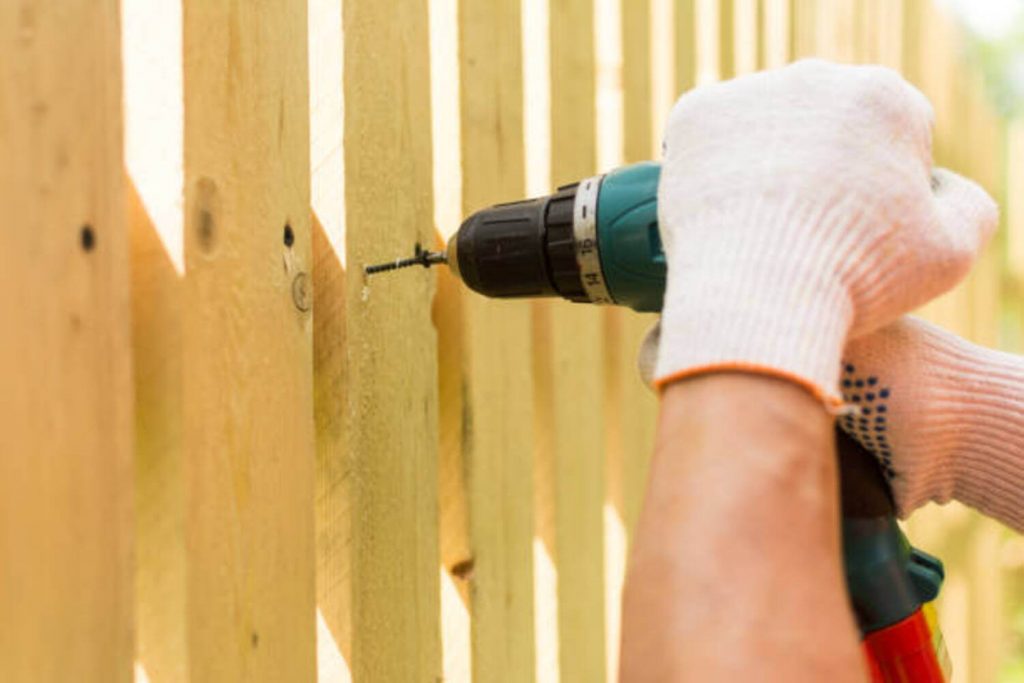
Metal Siding
Steel works great if you want durability and practicality. Of course. Have you ever seen something made of steel that breaks so easily? Rare, right? So there’s little reason for you to worry about extreme temp changes, storms, or even earthquakes. To top that, steel is lightweight and easy to clean. It’s low maintenance and weather resistant too. But there’s one problem: steel can rust. Good news, though. It’s preventable. One option is to install galvanized still, which is coated by a thin layer of zinc. This chemical protects the material from corrosion. Another option is galvalume steel which is coated with both zinc and aluminum. It offers more protection at a higher price.
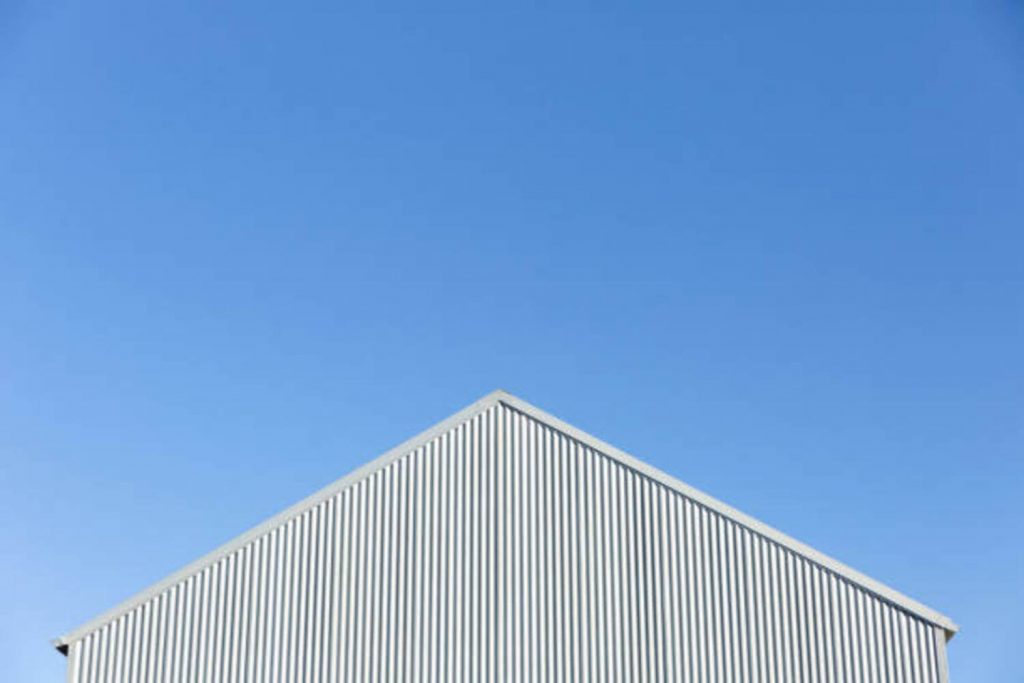
Brick
It’s unusual for a barn to rock a brick exterior, but it’s not unheard of. It’s a good choice if your farm doubles as a tourist attraction. That’s because brick provides a classy aesthetic that is sure to impress visitors. Barns built with brick are often painted red, but you can also find them in blue or grey. So much for looks, brick is highly durable and fireproof, which makes it a good choice for barn buildings that will be used to store hay or other flammable materials. However, a single piece also weighs a lot, so fixing them if they break is not easy. Although brick may not be your first option due to the expense of both the material and labor, the benefits it provides make the investment worth it.
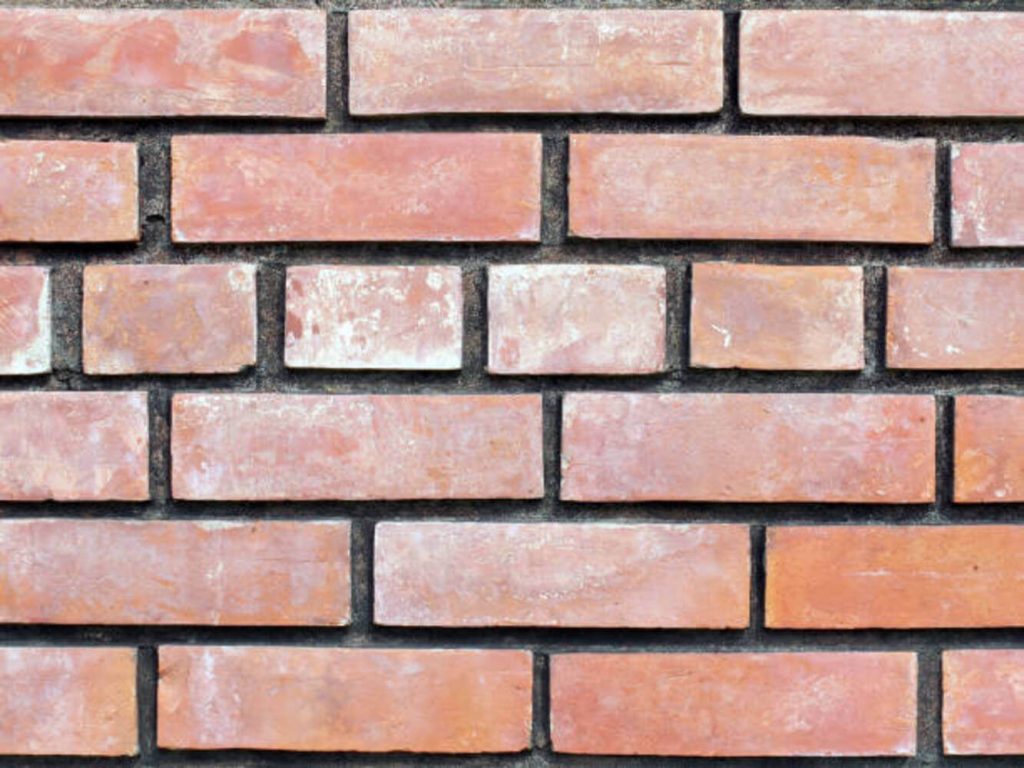
Stucco
One of the oldest players in the market, stucco has been used for centuries to protect buildings from the elements. It is created from mixing sand, Portland cement, and water and then applied in layers on exterior walls. Stucco siding comes pre-colored but can also be painted after installation. One reason to use stucco is that it provides good insulation against heat and cold. It minimizes energy loss by up to 30% while maintaining cooler temperatures so your livestock won’t get roasted. Lastly, it provides a straightforward design that isn’t too flashy or too bland.
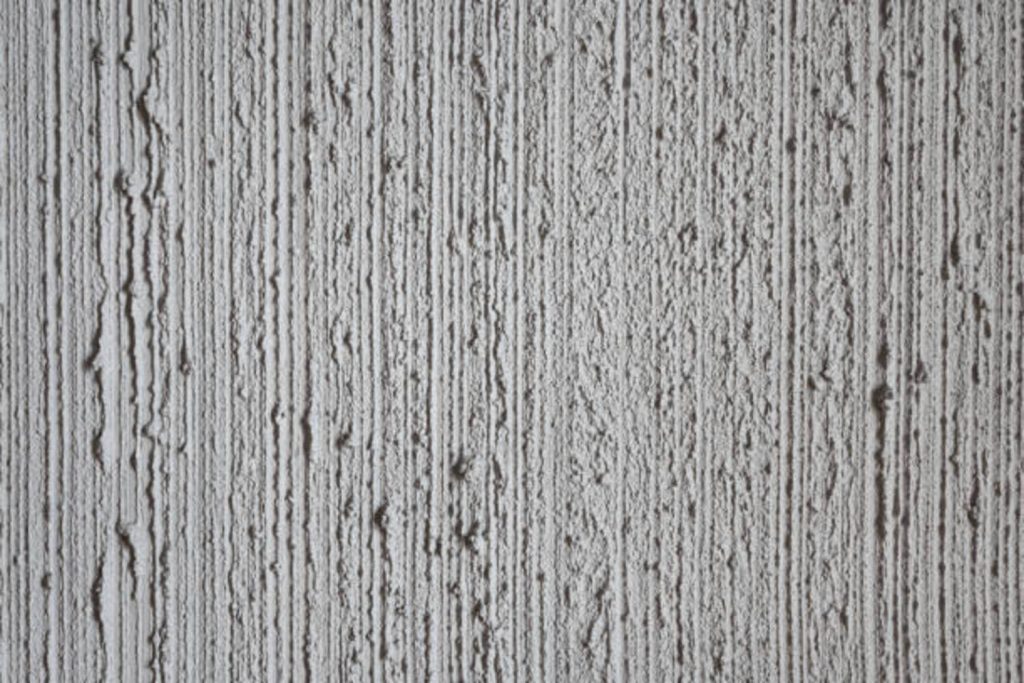
Conclusion
Barns, like residential homes or commercial buildings, also require some love. Your bar needs a good siding for it to survive for a long time. Depending on your budget, any of the above siding types will serve you well.
